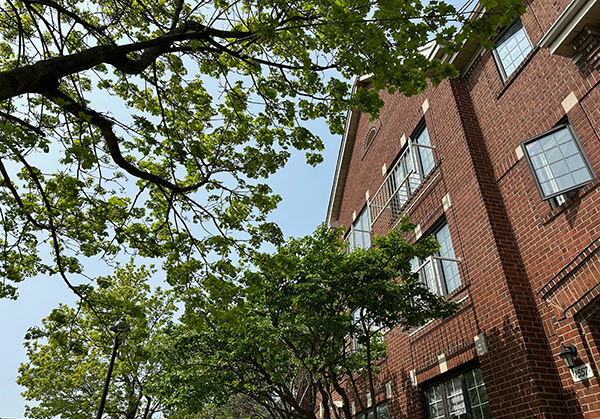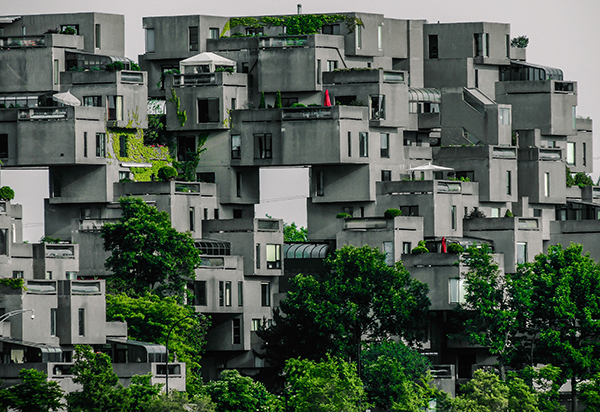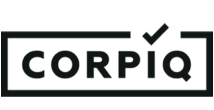How do you calculate a property’s profitability?
“Real estate cannot be lost or stolen, nor can it be carried away. Purchased with common sense, paid for in full, and managed with reasonable care, it is about the safest investment in the world.” asserted Franklin D. Roosevelt. With this wisdom in mind, it’s crucial to master the calculation of your building’s profitability.
According to Statistics Canada, by April 2023, total investment in building construction in Canada had reached $20.3 billion, underscoring the dominance of real estate. However, one aspect of real estate management is often underestimated: calculating a building’s profitability.
Yet it is the foundation for assessing the return on your investment, and for understanding ongoing expenses such as operating costs or real estate taxation. In this article, we’ll take a look at how to calculate rental profitability.
With Proprio Expert, we’ll show you how essential steps, such as a well-executed credit check, can influence the return on your property.
What is the profitability of a property?
When talking about real estate, profitability refers to the financial return an investor can obtain from his real estate investment. It can be measured in terms of gross profitability or net profitability, depending on whether or not operating expenses are included in the calculation.
What is the profitability formula for a property?

|
Step |
Description |
|
1 |
Calculate total annual property income (sum of all rents) |
|
2 |
Subtract all annual building-related expenses (e.g. mortgage payments, electricity, municipal taxes, property taxes, maintenance costs, insurance). |
|
3 |
The income ratio should be at least 125%. In other words, for every $100 in expenses, you should generate $125 in income. |
Other methods for calculating property profitability
|
Method |
Description |
|
Debt coverage ratio (DCR) |
Subtract all annual expenses from the sum generated by all annual rents. A revenue ratio of 125% of expenses is an acceptable break-even point. |
|
Gross revenue multiplier (GRM) |
This is the price of the building divided by the annual gross revenue. This is a simple method, but it does not take into account all building-related expenses. This is a simple method, but it does not take into account all building-related expenses. |
|
Overall discount rate (ODR) |
Simply divide net income by the value of the building. This method is particularly recommended for commercial and 12-unit buildings. |
What are the main factors influencing a building’s profitability?
Building location
The location of an income property plays a crucial role in determining its profitability. A building located in a popular area will attract tenants willing to pay higher rents, thereby increasing gross revenues and improving rental profitability.
Operating expenses
Ongoing expenses such as municipal taxes, insurance and maintenance costs reduce net investment income. Optimizing management of these expenses is an essential step towards increasing gross profitability. For good management, the use of property management software can prove beneficial.
How to increase the profitability of a building?

The importance of maintenance and renovation to boost profitability
The maintenance and renovation of a building are essential to increase its profitability. In fact, regular upkeep of a building ensures its longevity, prevents major deterioration and therefore reduces maintenance costs over the long term.
Moreover, renovation, if well thought-out and executed, can increase the value of the building on the real estate market, offering the possibility of renting at a higher price.
Finally, a well-maintained and renovated building attracts potential tenants more easily, reducing rental vacancy periods. So, maintenance and renovation are not expenses, but investments that guarantee an optimized return on investment.
Maximizing occupancy to improve profitability
Optimizing the occupancy of a rental property is a key strategy for improving profitability. Maximum occupancy reduces losses due to vacancy and generates stable rental income.
To achieve this goal, effective rental management strategies must be put in place, including flexible leases, regular maintenance and a competitive pricing strategy.
Besides, using digital technologies to manage tenant relationships can help attract a greater number of tenants and improve tenant satisfaction, leading to a reduction in turnover rates. Maximizing occupancy thus maximizes the profitability of the income property.
Conclusion
Real estate is an investment that offers substantial advantages. However, to guarantee a good return, the investor must be aware of all the factors that can influence the return. The purchase price, ongoing expenses and the type of property are all key factors in calculating profitability.
Real estate is not only a source of rental income, but also generates long-term capital gains. An efficient calculation of your property’s profitability will ensure a satisfactory gross yield and position the investor in a stable financial situation.
However, making such a calculation requires a certain amount of experience and knowledge of the real estate market. So, to maximize your return, don’t hesitate to call on an experienced real estate broker and use effective tools to manage your building.
Summary:
- The profitability of a building is calculated by subtracting the total annual expenses required to operate the building, from the total income generated by the building.
- Building location is a key factor influencing profitability.
- Operating expenses, such as municipal taxes, insurance and maintenance costs, must be considered when calculating profitability.
- Maintenance and renovations can increase a building’s resale value and attract tenants willing to pay higher rents, thereby increasing profitability.
- The occupancy rate of a rental property is crucial, as maximized occupancy generates more rental income and improves profitability.
Q&A
What is a good rental yield?
A good rental yield varies according to many factors, including market and location. However, a return of between 5% and 8% per year is generally considered favorable.
How is the rate of return calculated?
- Debt Coverage Ratio (DCR): subtract your expenses from annual rental income. An income ratio of 125% of expenses represents a reasonable break-even point.
- Gross Revenue Multiplier (GRM): the price of the building divided by the annual gross revenue. This method is efficient, but does not take into account all expenses.
- Overall Discount Rate (ODR): divide net income by property value. This method is recommended for commercial buildings and those with 12 or more units.



